Graphics Reference
In-Depth Information
Usually, parameterizations will be one-to-one maps, or close to that. In that case,
they basically allow us to associate coordinates to points of a space, that is, if
(
)
=
q
F uu
,
,
...
,
u
k
,
12
then we can think of
q
as having coordinates (u
1
, u
2
,..., u
k
). (In the context of param-
etrizations and a set
U
we shall often use parameters u
i
rather than x
i
.) The modifier
“C
r
” is often omitted and may need to be determined from the context. As a general
rule, unless explicitly stated otherwise,
the assumption will be that a parameterization
is a C
•
map
. The reason is that we frequently want to have the ability to talk about
the derivative of the map. Actually, to be of class C
3
would be adequate for everything
we do in this topic but we do not want to get involved in that sort of technical detail.
In this context, for differentiability to make sense,
U
will be either an open subset of
R
k
or have a “nice” boundary, that is, every boundary point will have a neighborhood
that looks like
R
+
.
8.2.1. Example.
The graph of any function admits a natural parameterization.
More precisely, if
A
Õ
R
m
and if f :
A
Æ
R
n
, then the map
()
Õ¥
mn
F:
A
Æ
graph f
R
R
defined by
F
aaa
()
=
(
,f
()
)
(8.1)
is a parameterization of the graph of f. One can think of this map as projecting orthog-
onally up from
A
to the graph. Here are two examples:
()
=
(
)
()
=
2
2
fx
x
:
F
F
x
xx
,
(
)
(
)
=+
2
2
(
)
=
2
2
fxy
,
x
y
:
xy
,
xyx
, ,
+
y
See Figure 8.1. In differential geometry the parameterization F(x,y) = (x,y,f(x,y)) of
the surface that is the graph of the function f(x,y) is often called a
Monge patch
.
To get a parameterization for a space, one usually has to think of some geomet-
ric way that its points can be described by some real numbers. These real numbers
correspond to “directions” as to “how one can get to the point.” For example, the coor-
dinates of the point (2,3) in
R
2
can be thought of as saying that one can get to it from
the origin by walking a distance 2 along the x-axis and then a distance 3 along a line
parallel to the y-axis.
8.2.2. Example.
Consider the unit sphere
S
2
as being a surface of revolution
obtained by rotating one half of the unit circle about the x-axis. By definition of a
surface of revolution, the sphere is then a union of circles each of which is the inter-
section of the surface with a plane parallel with the yz-plane that meets the x-axis at
some x-value. But any one of these circles is, again by definition, just a point revolved
about the x-axis. Since points on a circle of fixed radius can be specified by one real


